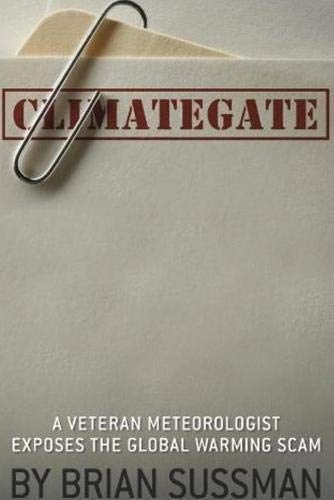Figure 1 shows the extent of Antarctic sea ice for 2010 up to September 10. Ice extent has been about 1 million square kilometers above the 1979–2000 average. Notice the 2009 ice amount was above average as well. This matches reports of record cold temperatures around the Southern Hemisphere. On July 27, 2010 we learned from Peru, “Temperatures plummeted to below –20°C prompting the government to declare a state of emergency for nearly half of the country Friday.” ~ Source
From Argentina, “Local newspapers reported that the temperature plunged to –1.5°C in Buenos Aires, on Friday – making it the coolest day in a decade for the capital. Even the beaches saw white powder. The coastal resort city Mar del Plata was blanketed by snow for two days straight.
 Climategate: A Veteran...
Best Price: $1.99
Buy New $46.12
(as of 08:00 UTC - Details)
Climategate: A Veteran...
Best Price: $1.99
Buy New $46.12
(as of 08:00 UTC - Details)
One report with the headline “South American winter starts with a severe cold snap” reports, “Argentina, Paraguay, Uruguay and Brazil are also experiencing the cold snap, which has killed millions of fish and an untold number of livestock.”
While the mainstream media ignore cold and recent changes in sea ice, it’s a good time to give an overview of different ice conditions. Melting ice has two attractions for global alarmists. It is supposedly a sign of warmer temperatures and it plays to people’s unjustified fears about rising sea levels. This is why it was a central part of Gore’s movie, An Inconvenient Truth.
 Heaven and Earth: Glob...
Best Price: $3.29
Buy New $13.98
(as of 10:30 UTC - Details)
Heaven and Earth: Glob...
Best Price: $3.29
Buy New $13.98
(as of 10:30 UTC - Details)
Different Ice Categories
Ice is formed from water freezing or snow melding (a thing formed by merging or blending) under heat and pressure into ice. Both can exist as brittle or plastic. Under sufficient heat and pressure, ice will become plastic and flow, which is an important feature to understand about the dynamics of glacial movement.
Sea ice forms when seawater temperature drops below –4°C. It is lower than for freshwater because of the salt content, but the ice when formed is salt free because of the formation process. This was a major question Wales and Dymond, two scientists sent by the Royal Society to Churchill Manitoba in 1769 to observe the Transit of Venus, were asked to determine. They couldn’t resolve the issue because saltwater spray contaminates most sea ice.
The major areas of sea ice are the seasonal expansion and melt in the Arctic Ocean and around Antarctica. We’ve been measuring these with satellites since 1978, but it took two years to determine an accurate interpretation, so 1980 is a safe base. Even then there are differences between interpretations and these are examined and compared admirably at Anthony Watts web site.
September 17, 2010





